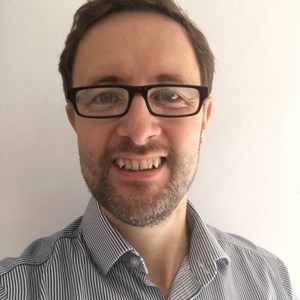
Plus, ultimately, this is a project that will add precious little value to anyone – not to the scheme, not to members, not to your cat.
So how do we find a way through this that minimises the pain and puts all this to bed in as efficient a way as possible?
For the stakeholders, clarification of roles and responsibilities is a must to avoid duplication of work or horse-trading over key aspects of the process. A common debate is whether the actuaries or administrators take overall lead for the project. As an actuary it pains me to say this but much of the process is distinctly ‘un-actuarial’, involving complex interrogation of historical pension amounts. The actuarial bits – in particular conversion (if used) – may be comparatively straightforward. Either way, establishing a GMP working group or trustee subcommittee has proved an effective way to ensure a smooth project and to take key decisions.
On the technology, there is real scope to innovate and significantly streamline the process. Ultimately, whichever equalisation method is used, the key output from this whole process will be updates to the administration system. It follows that ensuring clear links from the administration system to the technology used to complete the data analysis and historical reconciliation (and back out again) will minimise frictional complexities and costs. What’s more, this same technical approach should work for both GMP rectification and equalisation, whether or not these projects are completed concurrently.
With historical calculations themselves, this is not the time for precision to the third decimal place – that is neither possible nor necessary. Pragmatic methodologies that roll back and forwards a robust approximation of the relevant pensions such as the ‘Delta’ or ‘Janus’ methods may be the way forward here, requiring less data and sweeping away some of the less material technical complexities.
There will, of course, be special cases that need specific attention, but a ‘data in, results out’ approach may yet be achievable for chunks of a scheme’s membership.
So, with the benefit of a slice of innovation and the creative use of technology, it may yet be possible to plot an efficient – and, dare I say it, enjoyable – path through a scheme’s GMP journey.
Notes/Sources
This article was featured in Pensions Aspects magazine October edition.
Last update: 27 January 2021
You may also like:



